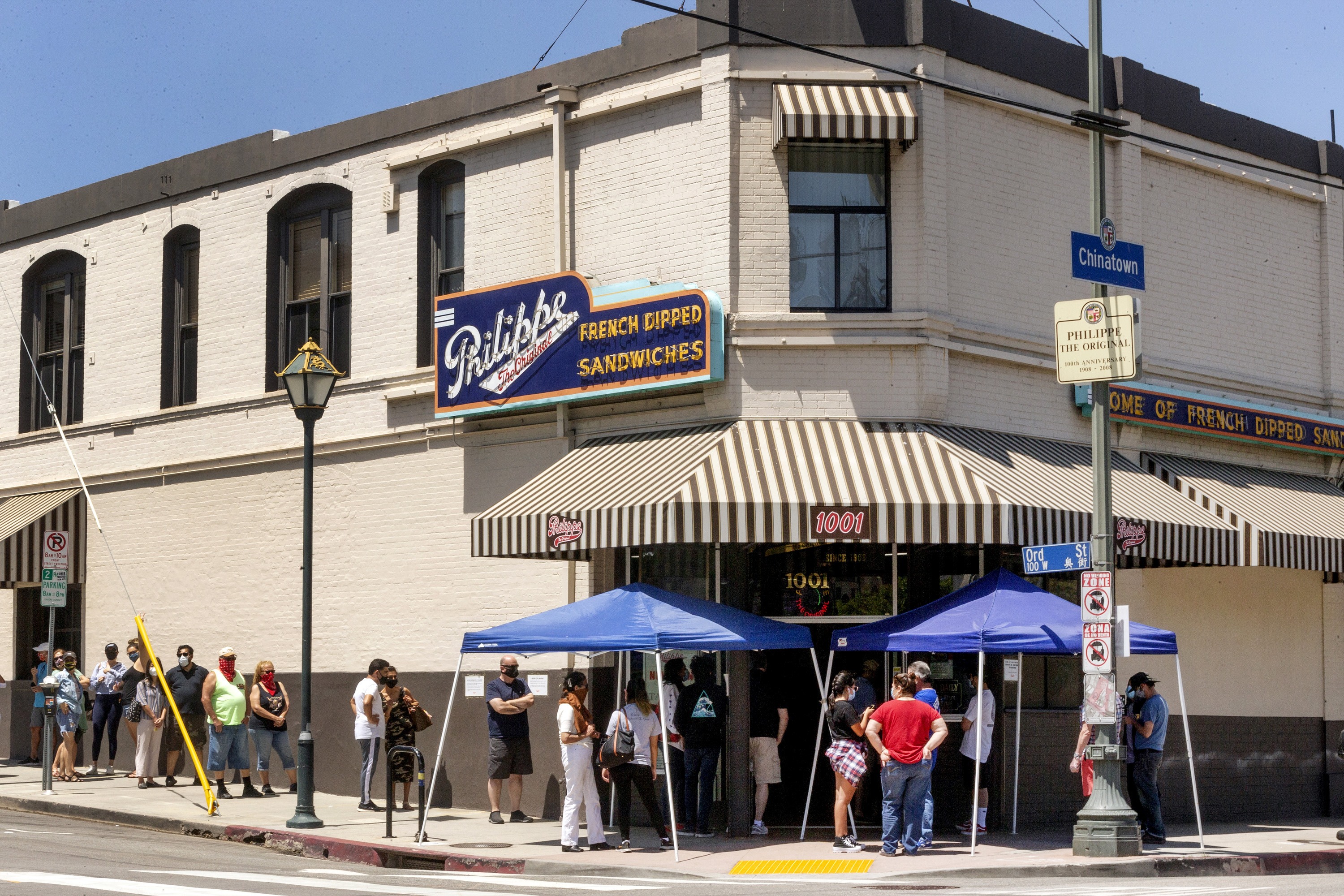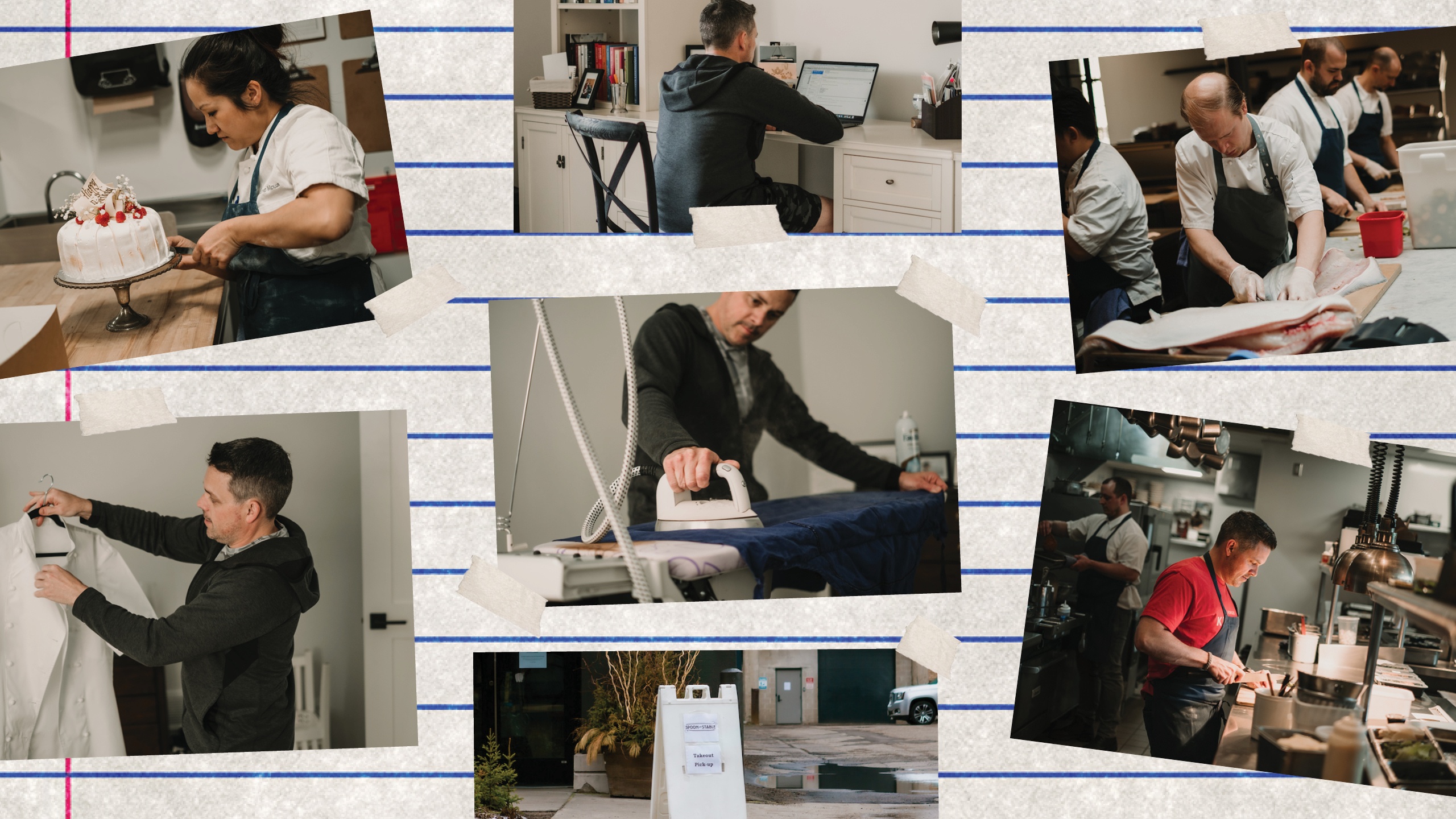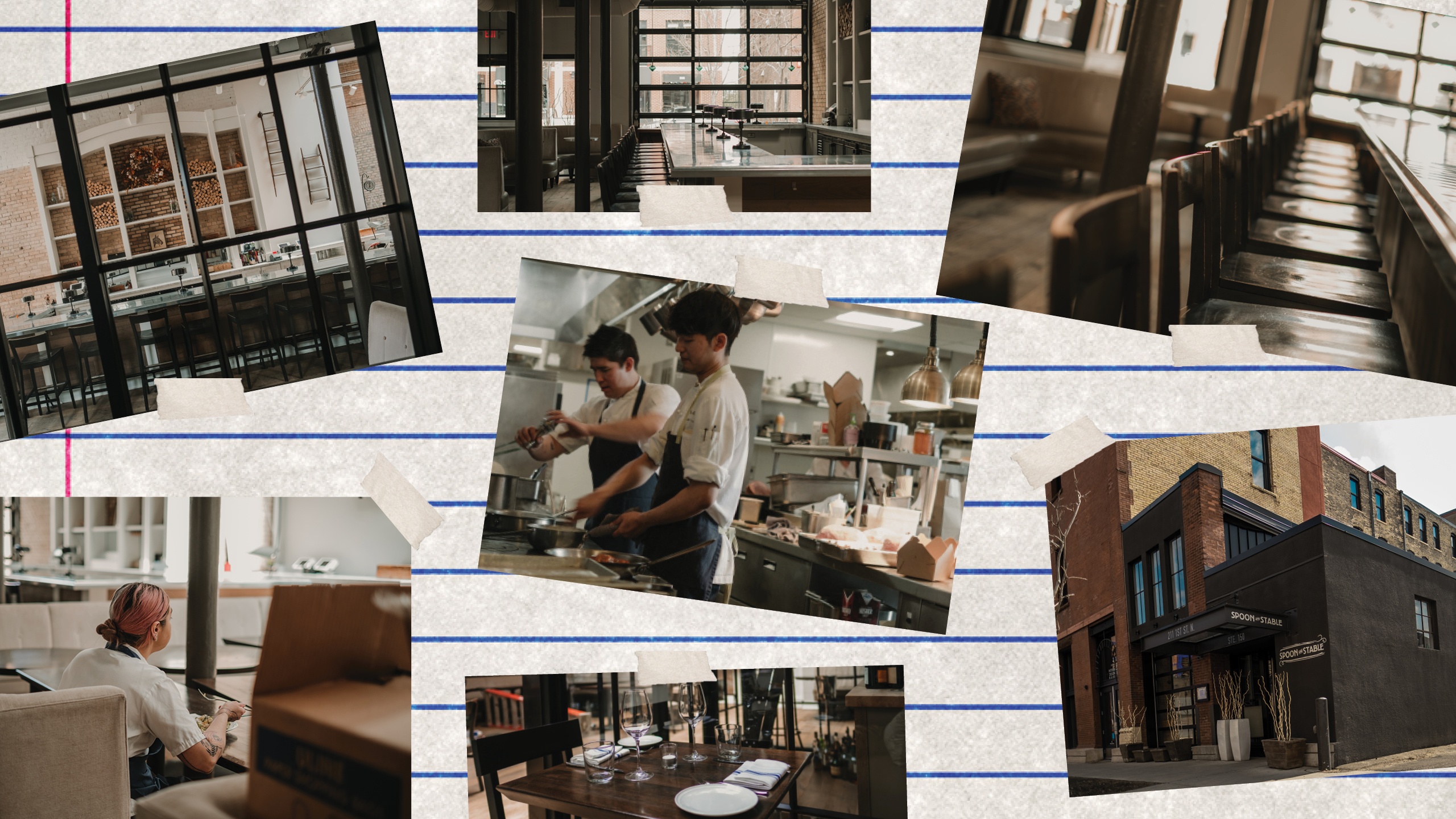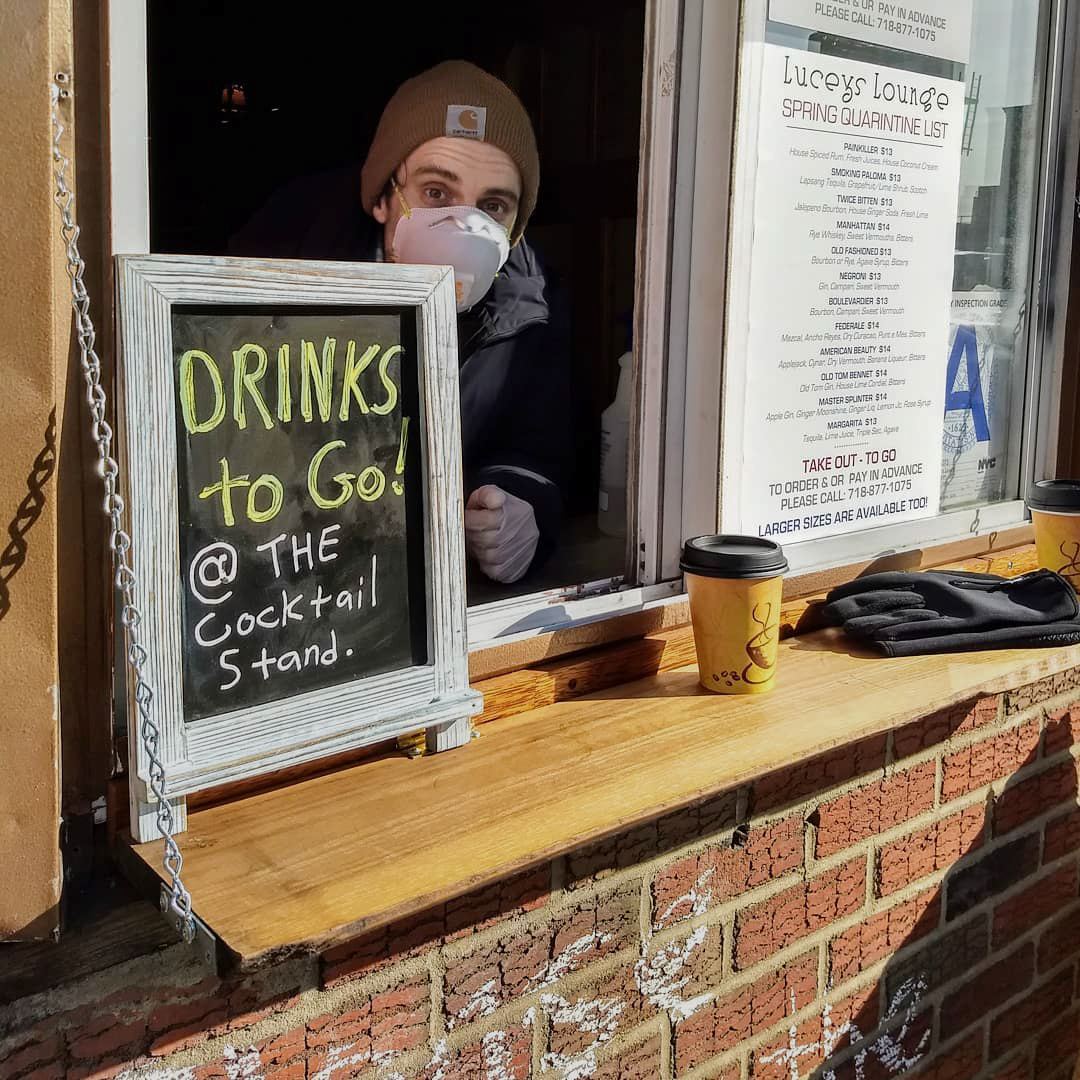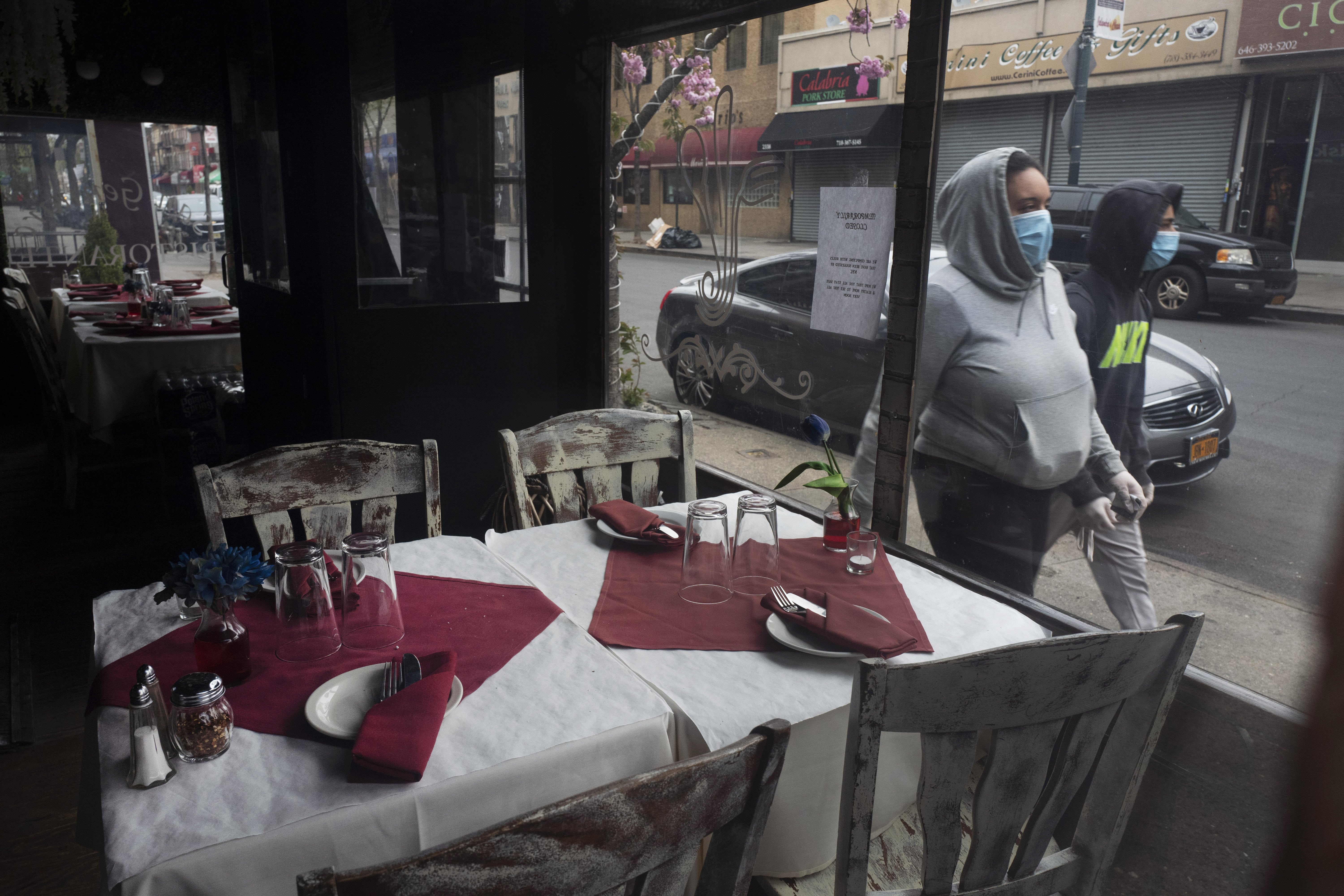
Tampa’s Downtown Partnership
There are measurable economic benefits to cutting red tape for outdoor permits, and relaxing liquor laws and space requirements. But no one yet knows how helpful these plans will be.
On Friday, after two months of state-mandated delivery and takeout, Pepp and Delores, a retro-style 110-seat Italian restaurant in Cincinnati’s historic Over-the-Rhine neighborhood, began table service again. Outside.
The owners have erected a 60-foot tent that can hold around 40 people, on a side street the city has closed off to car traffic. Guests will be allowed inside again on Thursday, but at only two-thirds capacity. The tent is there to help compensate for smaller indoor crowds.
Co-owner Joe Lanni, a local restaurateur, figures the tent will get him to fall, when Mother Nature will require a change of plans.
“But at the end of the day, this is going to allow us to replace seats that are not available in the dining room.”
“Obviously, this will all be weather-dependent,” he says. “But at the end of the day, this is going to allow us to replace seats that are not available in the dining room.”
As states like Ohio are lifting their stay-at-home orders, bars and restaurants around the country scramble to figure out how to meet new indoor occupancy limits, desperate to recoup some of the $80 billion in sales already lost to the pandemic.
Cincinnati kicked off its street dining pilot program last weekend. Tampa, Florida, has fast-tracked applications for sidewalk cafés and parklets and set up two-week street closures in “business recovery zones.” City councils nationwide—in Berkeley and San Jose, California; Kansas City, Missouri; Charleston, South Carolina; Portland, Maine, and more—are weighing similar proposals, backed by business leaders who say it’s imperative for restaurants to observe social distancing rules.
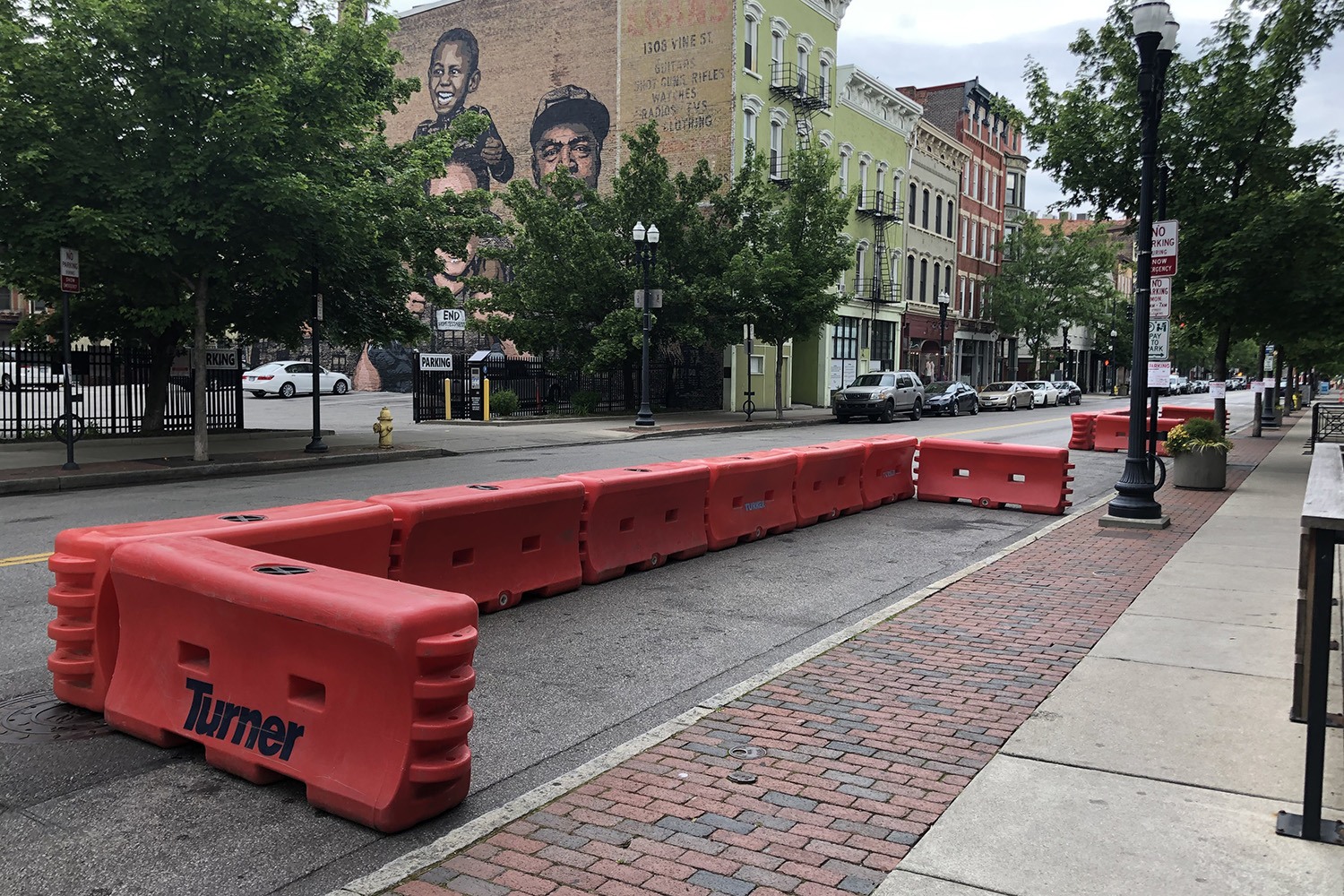
In Cincinnati, establishments can request to utilize space in the street in front of their business.
Joe Rudemiller
“In the long term, we all know what this could be,” says Carlina Rivera, a councilwoman who is co-sponsoring an open streets bill in New York City. “This could be how those restaurants … are able to serve people in what we are pretty much sure will be a very limited capacity.”
Mediterranean countries, blessed with warm weather for much of the year, boast restaurant seating in town squares and at the edge of parks, streets and other public spaces, according to Mike Lydon, an urban planning consultant in Brooklyn whose firm Street Plans has worked on projects in Miami and Los Angeles suburbs that turn portions of roadways into outdoor dining spaces. Until now, the U.S. hasn’t much embraced that dining model.
“We just don’t have quite the same street culture,” Lydon says. “When we take over streets, it tends to be for a street fair or block party, which has a very different kind of vibe.” And European cafes succeed in part because they close up at night for cleaning, and safety bollards can be controlled remotely during emergencies. In the U.S., public space is more tightly regulated.
But recently urban planners have begun to introduce broader proposals for road closures, which they hope will lead city leaders to see the benefits of new ways to use public space.
Cincinnati has permitted restaurants to convert sidewalks and street parking into outdoor seating for years. This month the city started fast-tracking applications, citing the safety benefits of expanded outdoor seating as long as regular pedestrian paths remain open, according to Joe Rudemiller, a spokesman for Cincinnati Center City Development Corporation, a private development group.
The developer, which led Over-the-Rhine’s early 2010s renaissance, is helping tenants, including Pepp and Dolores, apply for permits. Other restaurants have annexed parking spots and blocked off a couple of tables with massive orange construction barriers—a pandemic-era version of a parklet.
“Time is of the essence, because we’re telling our restaurants they can open tomorrow.”
In suburban areas, restaurants are transforming parking lots into the American version of the piazza. Earlier this week, Connecticut waived parking requirements for restaurants and retailers, which frees up space to add outdoor seating.
Andrea Bough, a Kansas City councilwoman, has co-sponsored similar legislation to allow restaurants to serve food and liquor in what used to be designated parking areas. The proposal, which could go to a council vote this week, is part of a package to create more room for diners, including fast-tracking permits for parklets and sidewalk cafés.
“Time is of the essence, because we’re telling our restaurants they can open tomorrow,” she says. Missouri lifted its stay-at-home orders on Friday, and restaurants may reopen as long as tables are 10 feet apart, and the backs of chairs, six feet apart. “But if we don’t get something done for a month, that’s not going to be helpful.”
Proposals would be unlikely to pass if they are near transit lines that are critical to moving essential workers, or would cut off emergency services and deliveries.
“We have exigent circumstances, so we’re going to allow for certain temporary measures to be taken,” she says. “And frankly, if we get down the road, and in three or four months, see that some of these measures are beneficial, it may be something we look at on a permanent basis.” She hopes to issue more street-closure permits in business districts as well.
There are measurable economic benefits to cutting red tape for outdoor permits, and relaxing liquor laws and space requirements—an increase in sales tax revenue, which municipalities depend on to fund schools, police, and other services.
But no one yet knows how helpful this plan will be. Towns and cities built around large, multi-lane thoroughfares, with restaurants clustered in strip malls, may not be great candidates. Proposals would be unlikely to pass if they are near transit lines that are critical to moving essential workers, or would cut off emergency services and deliveries, according to Mike Lydon.
“It doesn’t solve what is probably an 18-month problem for restaurants, and certainly doesn’t help if we go back in the fall, with a potential second outbreak of the virus.”
Then there’s the weather. Tampa is an obvious candidate for open-air dining—it’s sunny two-thirds of the year, and there’s no snow, which means that it could extend into the fall and winter. But in colder cities, the proposal could just be a Band-aid—a way to make up for lost income only until Labor Day.
“It could help, marginally,” says Jason Hammel, owner of Chicago’s Lula Café, which boasts a 35-seat patio. “But it doesn’t solve what is probably an 18-month problem for restaurants, and certainly doesn’t help if we go back in the fall, with a potential second outbreak of the virus.”
Restaurants face a long, daunting road to recovery. The industry laid off another 5.5 million workers last month, according to the Bureau of Labor Statistics, more than several other sectors combined. Under crushing debt, one-quarter of American restaurants may never reopen.
Despite being the sector hit hardest by the pandemic, restaurants represent less than 9 percent of the loan recipients.
Hammel is part of the Independent Restaurant Coalition, a trade group asking the federal government for $120 billion in long-term support and to change the beleaguered Paycheck Protection Program. Despite being the sector hit hardest by the pandemic, restaurants represent less than 9 percent of the loan recipients.
For now, speed matters. “This plan was put together in six days,” tweeted Derek Bauman, a former Cincinnati city council candidate, in response to an in-progress photo. “We’re glad to see it happening in short order [and] setting the precedent that it can be done without years of study.”

